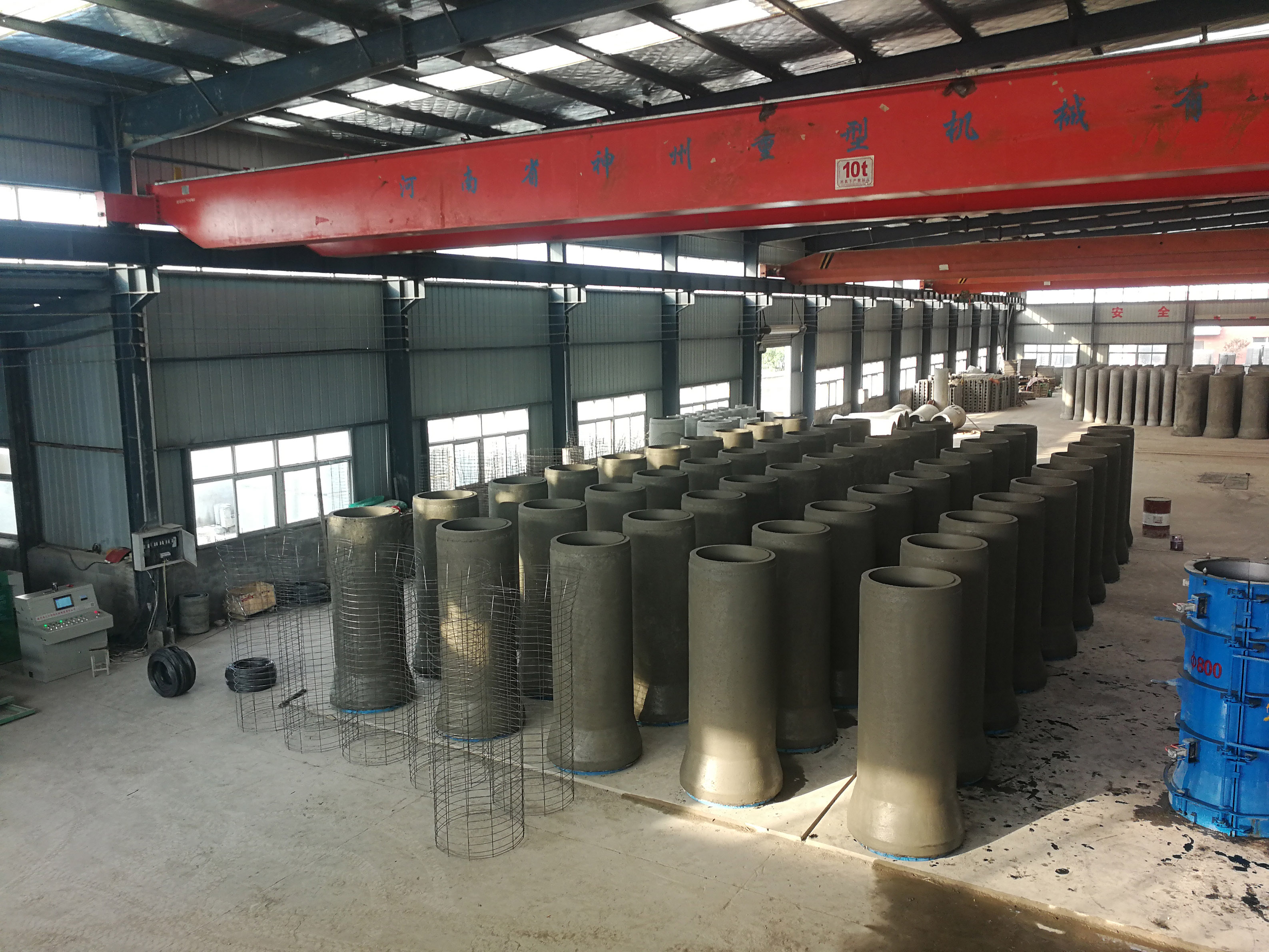- Afrikaans
- Albanian
- Amharic
- Arabic
- Armenian
- Azerbaijani
- Basque
- Belarusian
- Bengali
- Bosnian
- Bulgarian
- Catalan
- Cebuano
- China
- China (Taiwan)
- Corsican
- Croatian
- Czech
- Danish
- Dutch
- English
- Esperanto
- Estonian
- Finnish
- French
- Frisian
- Galician
- Georgian
- German
- Greek
- Gujarati
- Haitian Creole
- hausa
- hawaiian
- Hebrew
- Hindi
- Miao
- Hungarian
- Icelandic
- igbo
- Indonesian
- irish
- Italian
- Japanese
- Javanese
- Kannada
- kazakh
- Khmer
- Rwandese
- Korean
- Kurdish
- Kyrgyz
- Lao
- Latin
- Latvian
- Lithuanian
- Luxembourgish
- Macedonian
- Malgashi
- Malay
- Malayalam
- Maltese
- Maori
- Marathi
- Mongolian
- Myanmar
- Nepali
- Norwegian
- Norwegian
- Occitan
- Pashto
- Persian
- Polish
- Portuguese
- Punjabi
- Romanian
- Russian
- Samoan
- Scottish Gaelic
- Serbian
- Sesotho
- Shona
- Sindhi
- Sinhala
- Slovak
- Slovenian
- Somali
- Spanish
- Sundanese
- Swahili
- Swedish
- Tagalog
- Tajik
- Tamil
- Tatar
- Telugu
- Thai
- Turkish
- Turkmen
- Ukrainian
- Urdu
- Uighur
- Uzbek
- Vietnamese
- Welsh
- Bantu
- Yiddish
- Yoruba
- Zulu
set. . 24, 2024 22:55 Back to list
compact shell and tube heat exchanger
Compact Shell and Tube Heat Exchanger A Key Innovation in Thermal Management
In today's industrial landscape, effective thermal management is crucial for enhancing efficiency and reducing operational costs. Among the various thermal devices available, compact shell and tube heat exchangers have garnered significant attention due to their effectiveness in heat transfer, compact design, and versatility in a wide range of applications. This article discusses the working principles, advantages, and applications of compact shell and tube heat exchangers.
Working Principles
A compact shell and tube heat exchanger consists of a series of tubes enclosed within a shell. One fluid flows through the tubes while another fluid flows around the tubes within the shell. The heat transfer occurs between the two fluids as they flow in close proximity, which allows for efficient heat exchange. The design typically employs a combination of several small-diameter tubes, arranged in such a way that maximizes the surface area for heat transfer while minimizing the overall volume and weight of the heat exchanger.
The configuration of these heat exchangers can vary—some may feature a single-pass layout, while others may incorporate multi-pass designs. This flexibility allows engineers to customize the heat exchangers to meet specific operational requirements, ensuring optimal performance for various industrial applications.
Advantages
1. Space Efficiency The most significant advantage of compact shell and tube heat exchangers is their compact size. Compared to traditional heat exchangers, these units require significantly less space, making them ideal for applications where space is limited. Their design allows for strategic installation in confined areas without compromising on performance.
2. Enhanced Heat Transfer The configuration of small-diameter tubes increases the surface area available for heat exchange, thereby enhancing the overall heat transfer coefficient. This results in improved thermal performance, which is essential in processes requiring rapid heating or cooling.
compact shell and tube heat exchanger

3. Versatility Compact shell and tube heat exchangers can handle a wide range of fluids, including corrosive substances, high-viscosity liquids, and gases. This versatility enables their use in various industries, such as petrochemical, pharmaceutical, food processing, and power generation.
4. Energy Efficiency With increasing energy costs and a growing emphasis on sustainability, energy efficiency is a top priority for many industries. The superior thermal performance of compact shell and tube heat exchangers translates to lower energy consumption and reduced operational costs.
5. Maintenance and Durability These heat exchangers are designed for durability and long service life. Their robust construction can withstand high pressure and temperature conditions, making them reliable for continuous operation. Additionally, the compact design often simplifies maintenance procedures, reducing downtime.
Applications
Compact shell and tube heat exchangers are widely used across various sectors. In the oil and gas industry, they are critical for crude oil refining processes, where heat recovery is essential to improve efficiency. In the HVAC sector, they are utilized in chillers and heat pumps to optimize energy performance. Furthermore, food and beverage manufacturing often employs these heat exchangers for pasteurization and cooling processes, ensuring product safety and quality.
Conclusion
The compact shell and tube heat exchanger represents a significant advancement in thermal technology. Its space-saving design, enhanced thermal performance, and versatility make it an ideal choice for a diverse range of applications. As industries strive to improve efficiency and reduce energy consumption, the demand for compact shell and tube heat exchangers is likely to continue growing, solidifying their position as a cornerstone in modern thermal management solutions. As technology continues to evolve, these systems will play an even more integral role in driving progress across various sectors, contributing to a more sustainable future.
-
8mm Thin-Walled Cast Steel Manhole Cover Pallet Bottom Ring | Durable
NewsAug.04,2025
-
Premium Cast Iron Water Main Pipe: Durable, Corrosion-Resistant
NewsAug.03,2025
-
Durable Cast Iron Water Mains | AI-Optimized Systems
NewsAug.02,2025
-
High-Efficiency Propane Boiler for Baseboard Heat | Save Energy
NewsAug.01,2025
-
Premium Source Suppliers for Various Gray Iron Castings
NewsJul.31,2025
-
Durable Cast Iron Water Main Pipes | Long-Lasting
NewsJul.31,2025


